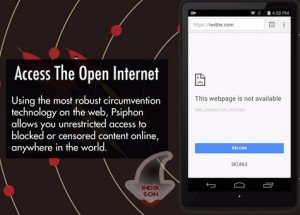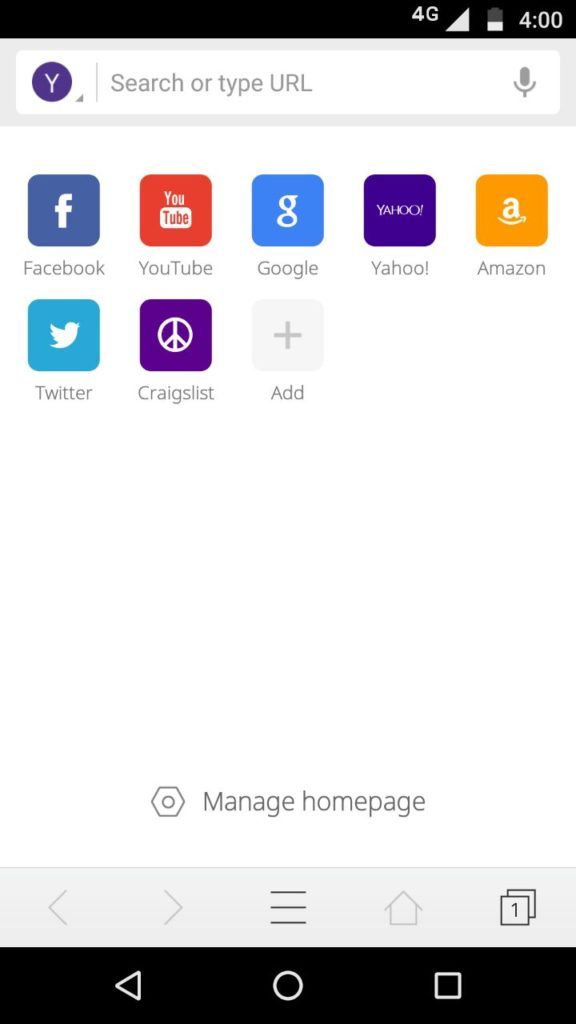


Psiphon will then try to connect with one of the verified servers to connect to the encrypted Psiphon network. Each client window comes with a constantly updated list of servers it can connect to, whether via SSH+, SSH or VPN. Once a user clicks “run,” the file automatically opens the client window, which is a small Windows box with the Psiphon logo, a few options boxes, and a blue spinning arrow. This is an important verification step: because Psiphon is just a small executable file and not a full program, the Windows security notice automatically generates a security certificate – something like a digital thumbprint that confirms the file is authentic and not malware. When the file is opened, a Windows security notice will appear asking whether or not to run Psiphon.

It works like this: a user downloads a small executable file, either directly onto their computer or to a memory stick that can be passed around user to user. How Psiphon worksĮach successive version of Psiphon has become easier to use, and the latest version – Psiphon3 – has the lightest footprint. All services can be accessed online, meaning that for those users concerned about having their computers searched for banned software, there’s nothing to find. The latest versions of Psiphon, however, have dropped this requirement.Īnother key difference between Psiphon and many other circumvention tools is there’s no bulky software to download and install. The first versions of Psiphon were built around something called the “trust model,” meaning users first had to be invited to join in by someone already using Psiphon, such as a friend, family member or a trusted contact living in a country with no censorship of the web. Unlike tools such as Tor or PGP, Psiphon employs a variety of technical tricks (HTTPS, SSH+, proxy servers and others) rather than one specific design to help users evade online censorship. Released in 2004, Psiphon offers VPN-like security and encryption in a fast, easy-to-use design. Psiphon was created by the Internet-freedom center “Citizen Lab” at the University of Toronto, before being handed off to a private group for management and upkeep, including – full disclosure – VOA’s parent agency, the Broadcasting Board of Governors.


 0 kommentar(er)
0 kommentar(er)
